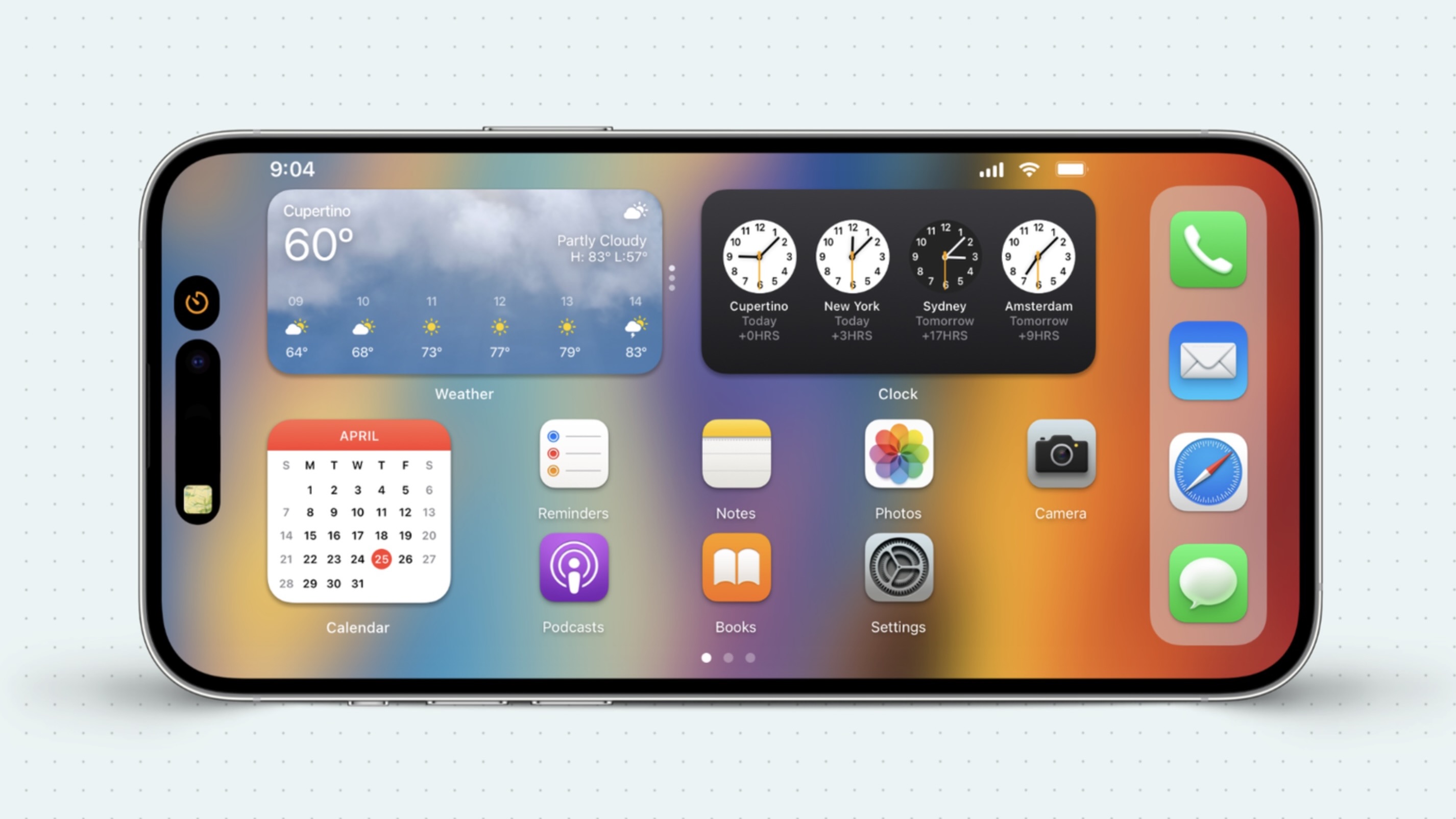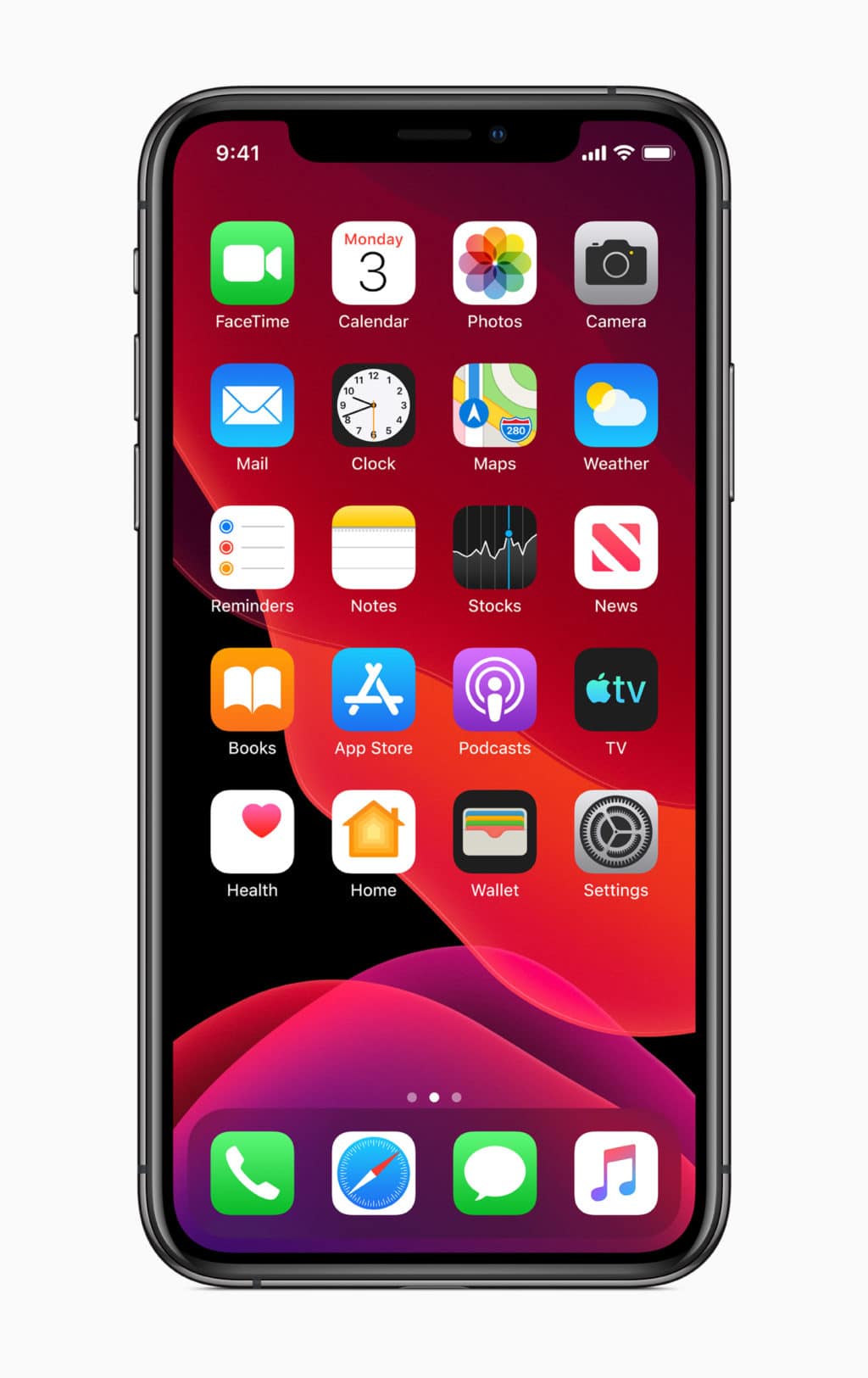The Art of the iPhone Home Screen: Exploring Apple’s Approach to Wallpaper
Related Articles: The Art of the iPhone Home Screen: Exploring Apple’s Approach to Wallpaper
Introduction
In this auspicious occasion, we are delighted to delve into the intriguing topic related to The Art of the iPhone Home Screen: Exploring Apple’s Approach to Wallpaper. Let’s weave interesting information and offer fresh perspectives to the readers.
Table of Content
The Art of the iPhone Home Screen: Exploring Apple’s Approach to Wallpaper

The iPhone’s home screen, a seemingly simple canvas, is a gateway to the user’s digital world. It’s the first thing they see when they unlock their device, and its visual appeal can significantly impact the overall user experience. Apple, recognizing the importance of this visual element, has meticulously crafted a collection of wallpapers that not only enhance the aesthetics of the iPhone but also reflect the company’s design philosophy and evolving technological landscape.
The Evolution of iPhone Wallpapers: A Reflection of Apple’s Design Principles
Since the first iPhone in 2007, Apple’s wallpaper offerings have undergone a significant evolution, mirroring the company’s design aesthetic and technological advancements.
Early Days: Simplicity and Functionality
The initial iPhone wallpapers were characterized by simplicity and functionality. They were primarily solid colors, often in muted tones, that provided a clean and uncluttered backdrop for the icons and widgets. This design philosophy reflected Apple’s focus on minimalism and usability, prioritizing the functionality of the device over visual extravagance.
The Rise of Abstract and Minimalist Designs:
As the iPhone evolved, so did the wallpaper selection. Apple began incorporating abstract patterns and minimalist designs, introducing subtle gradients and geometric shapes that added a touch of visual interest without overwhelming the user interface. These wallpapers, while visually appealing, maintained a sense of simplicity and clarity, aligning with Apple’s design principles of elegance and restraint.
Embracing the Power of Photography:
With the introduction of the iPhone 4, Apple embraced the power of photography, incorporating high-resolution images of natural landscapes, urban environments, and abstract art. These wallpapers, featuring stunning details and vibrant colors, showcased the capabilities of the iPhone’s camera and offered users a visually captivating experience.
Dynamic Wallpapers: A New Dimension of Personalization
The introduction of dynamic wallpapers in iOS 7 marked a significant shift in Apple’s approach to personalization. These wallpapers, featuring animations and subtle changes based on the time of day, added a layer of dynamism and interactivity to the home screen. This feature allowed users to personalize their devices further, reflecting their individual preferences and tastes.
The Rise of High-Resolution and Artistic Wallpapers:
With each new iPhone iteration, Apple has continued to expand its wallpaper library, offering a diverse range of high-resolution images and artistic designs. These wallpapers, often sourced from renowned photographers and artists, showcase the beauty of the world and the power of creativity. They provide users with a platform to express their individual style and preferences, turning the iPhone’s home screen into a personal art gallery.
The Importance of iPhone Wallpapers:
Apple’s meticulous approach to wallpaper design goes beyond mere aesthetics. It plays a crucial role in shaping the overall user experience:
- User Engagement and Satisfaction: Visually appealing wallpapers enhance user engagement and satisfaction, making the iPhone more enjoyable to use.
- Brand Identity and Coherence: The wallpapers contribute to Apple’s brand identity, reflecting the company’s values of design, innovation, and aesthetic excellence.
- Personalization and Expression: Apple’s diverse range of wallpapers empowers users to personalize their devices, reflecting their individual tastes and preferences.
- Visual Harmony and User Interface Integration: The wallpapers are designed to complement the iPhone’s user interface, creating a visually harmonious and cohesive experience.
- Enhanced Functionality: Dynamic wallpapers, with their time-based changes, provide a subtle yet engaging way to enhance functionality and provide users with relevant information at a glance.
FAQs about iPhone Wallpapers:
1. How can I access and download iPhone wallpapers?
Apple offers a wide selection of wallpapers within the Settings app on your iPhone. Navigate to "Wallpaper," and you’ll find a variety of options, including dynamic wallpapers, still images, and the ability to use your own photos. You can also download wallpapers from third-party sources and set them as your background.
2. Can I customize iPhone wallpapers?
Apple allows users to customize their wallpapers to a certain extent. You can adjust the brightness, contrast, and color saturation of the wallpaper to suit your preference. You can also choose to have the wallpaper centered, tiled, or stretched to fit the screen.
3. What are dynamic wallpapers, and how do they work?
Dynamic wallpapers are animated images that change subtly based on the time of day. These wallpapers, available in iOS 7 and later, can feature shifting colors, subtle animations, or other visual changes that add a layer of dynamism to the home screen.
4. What are the different types of iPhone wallpapers available?
Apple offers a wide variety of iPhone wallpapers, including:
- Solid Colors: These are simple, minimalist wallpapers that offer a clean and uncluttered backdrop.
- Abstract Designs: These wallpapers feature geometric shapes, patterns, and gradients that add visual interest without being overwhelming.
- Photography: Apple often includes high-resolution images of landscapes, urban environments, and abstract art, showcasing the beauty of the world and the capabilities of the iPhone’s camera.
- Dynamic Wallpapers: These animated wallpapers change based on the time of day, adding a layer of interactivity and personalization.
5. Are there any limitations to using third-party wallpapers?
While you can use third-party wallpapers on your iPhone, there are some limitations. These wallpapers may not be optimized for the iPhone’s screen size and resolution, resulting in blurry or pixelated images. Additionally, some third-party wallpapers may not be compatible with certain iPhone models or iOS versions.
Tips for Choosing and Using iPhone Wallpapers:
- Consider your personal style: Choose wallpapers that reflect your personality and preferences, whether it’s minimalist designs, vibrant landscapes, or artistic creations.
- Experiment with different options: Don’t be afraid to try different wallpapers until you find one that you love. Apple offers a diverse range of options, so explore them all.
- Pay attention to the quality: Choose high-resolution wallpapers that are optimized for the iPhone’s screen size to avoid blurry or pixelated images.
- Use dynamic wallpapers for added interactivity: Dynamic wallpapers add a layer of dynamism and personalization to the home screen, making it more engaging to use.
- Consider the context: Think about the overall look and feel of your iPhone and choose wallpapers that complement the user interface and other elements of your device.
Conclusion:
Apple’s approach to iPhone wallpapers goes beyond mere aesthetics. It’s a testament to the company’s design philosophy, its commitment to user experience, and its understanding of the power of visual communication. The wallpapers not only enhance the visual appeal of the iPhone but also play a crucial role in shaping the overall user experience, promoting engagement, personalization, and brand identity. As the iPhone continues to evolve, so too will the wallpaper selection, reflecting the ever-changing landscape of technology and the ever-evolving tastes of its users.








Closure
Thus, we hope this article has provided valuable insights into The Art of the iPhone Home Screen: Exploring Apple’s Approach to Wallpaper. We hope you find this article informative and beneficial. See you in our next article!
